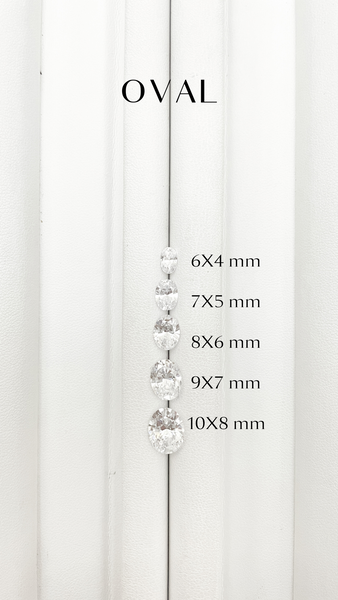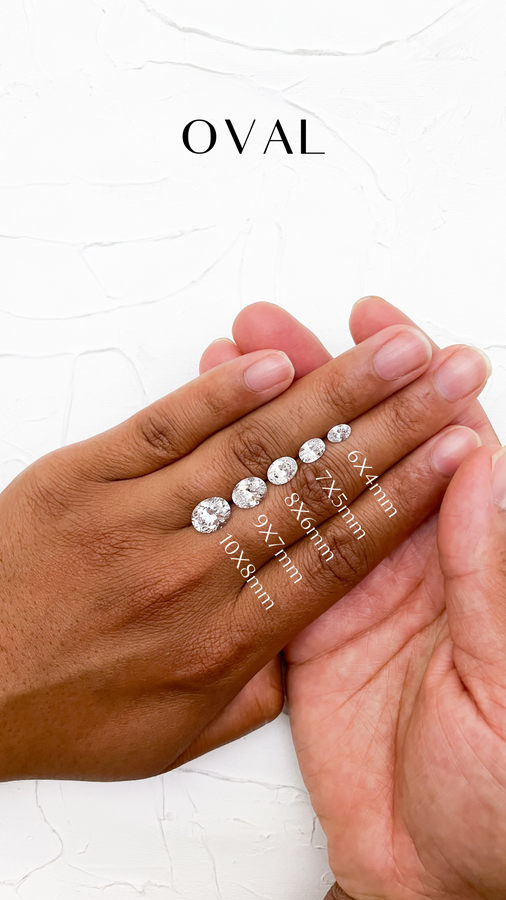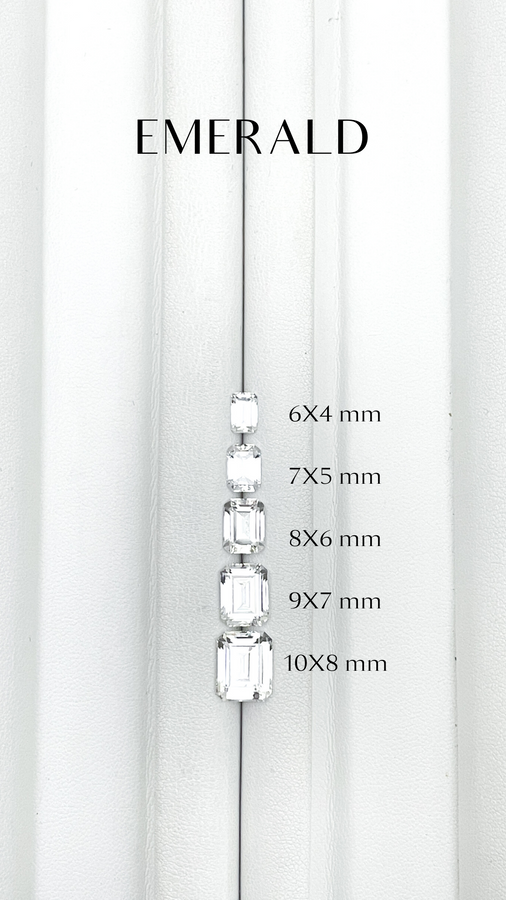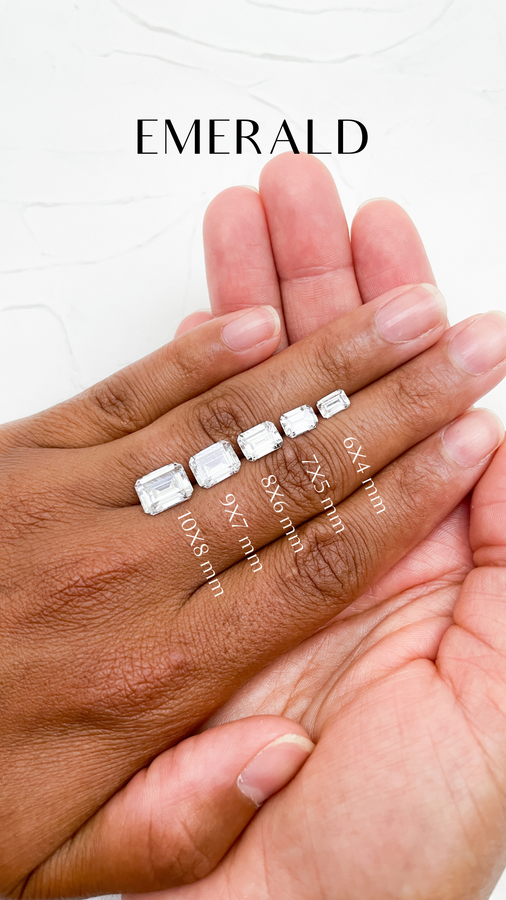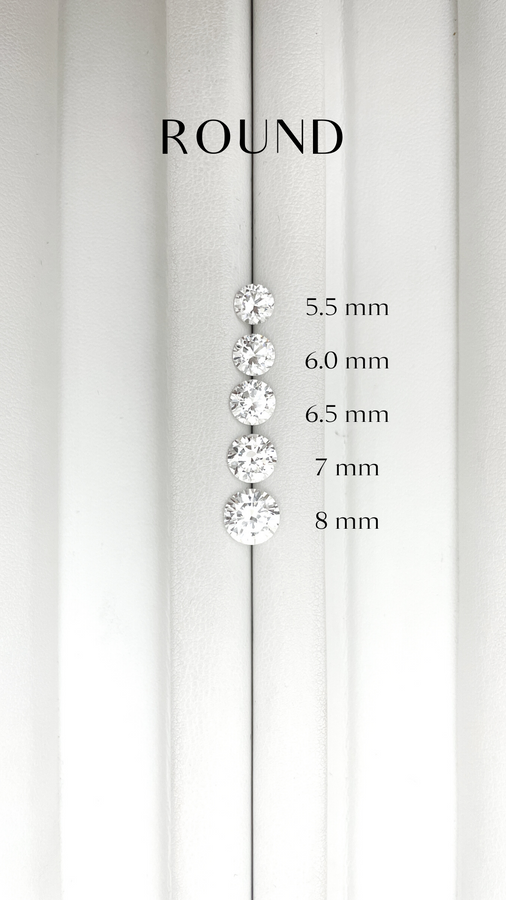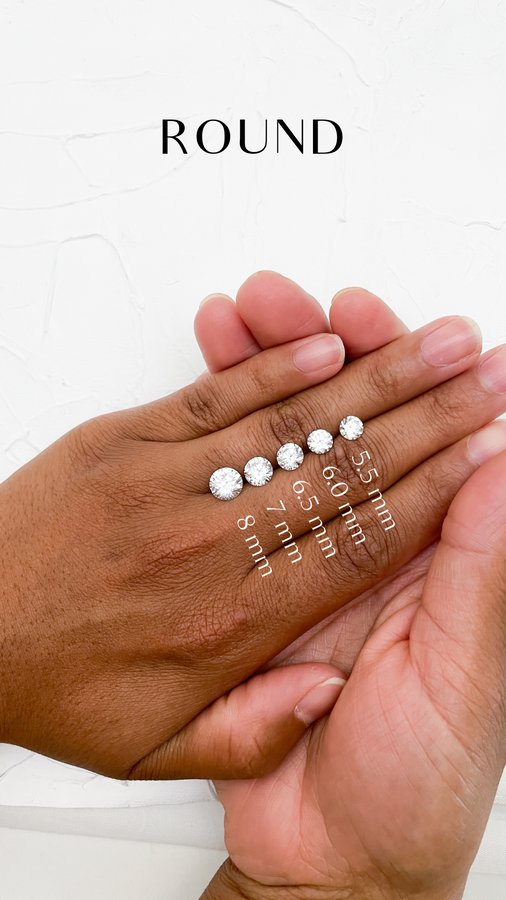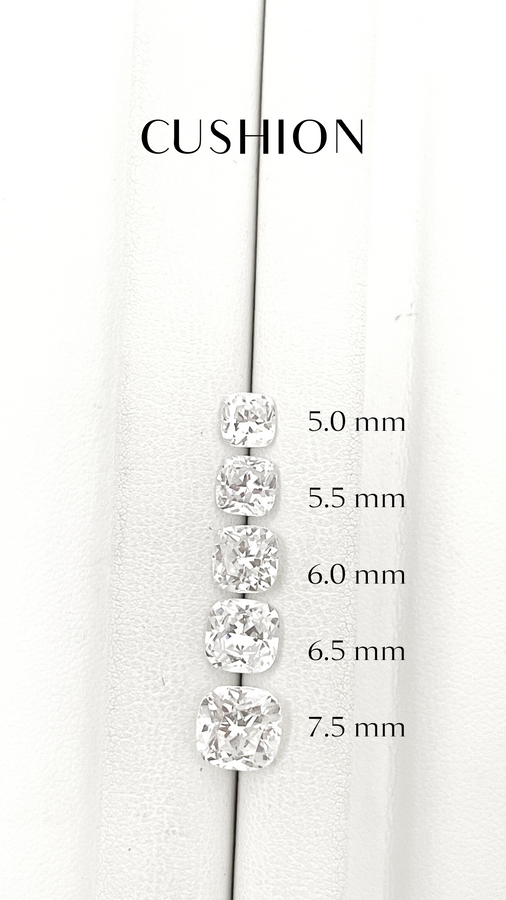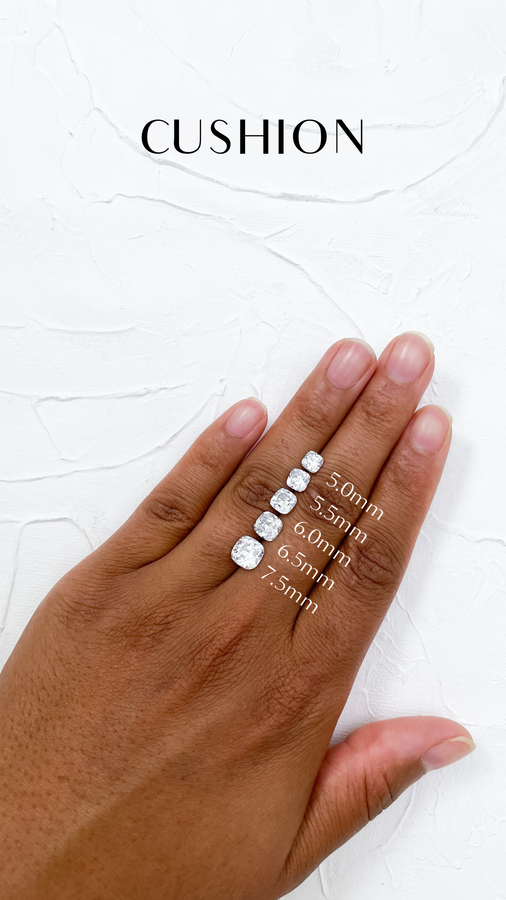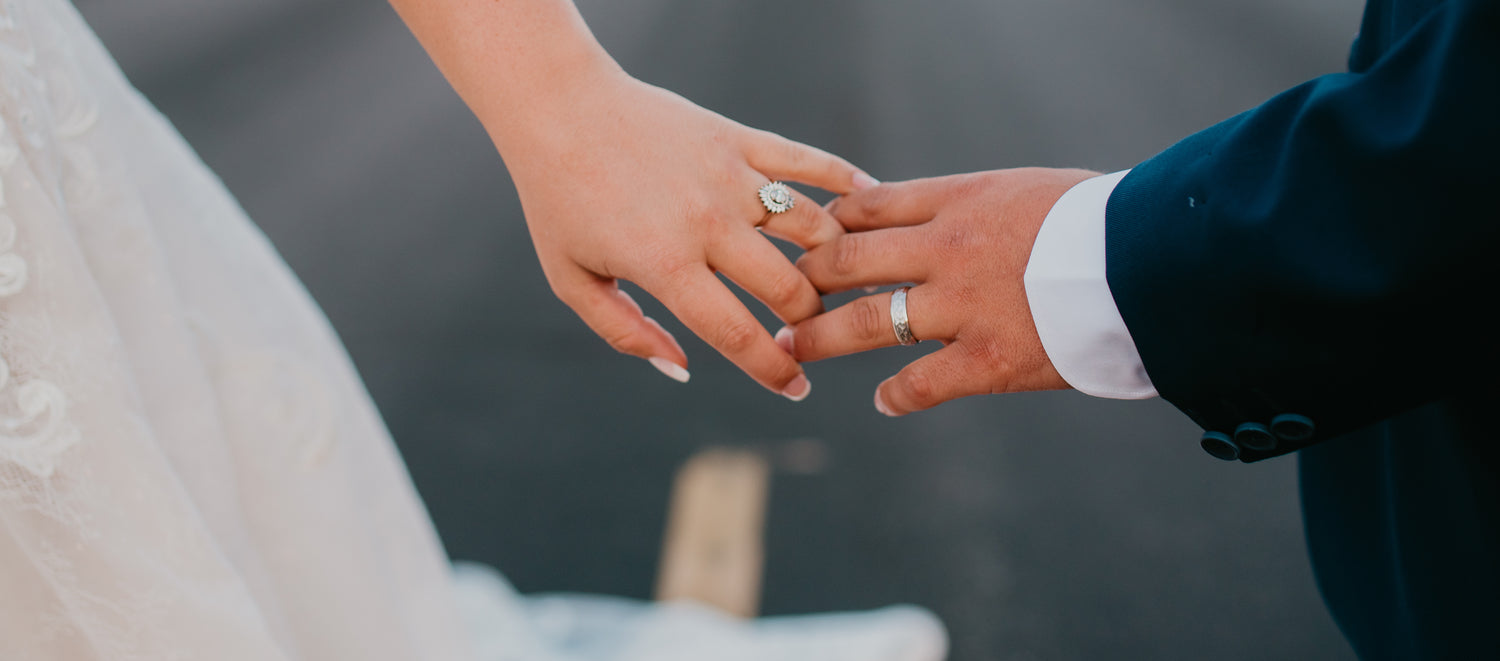
JEWELRY EDUCATION
RING CARE
Keep your ring sparkling! Our rings are made to be worn and designed to last. As with all fine jewelry, following basic guidelines will help protect your jewelry from damage and excessive wear.

NATURAL DIAMONDS
The 4 Cs of Diamond Quality is the universal method for assessing the quality of any diamond, anywhere in the world.CARATDiamonds and other gemstones are weighed in metric carats (not to be confused with karats, which refer to gold purity). A carat is divided into 100 points. For example, a 50-point diamond weighs 0.50 carats. Two diamonds of equal weight can have very different values depending on the other members of the Four C’s: clarity, color and cut.

CUT
The allure and beauty of a particular diamond depends more on cut quality than anything else. A diamond with an excellent cut will reflect the majority of light that enters, producing a brilliant shine and sparkle. On the other hand, a poorly cut diamond will allow the light to escape, reducing its brilliance and sparkle.
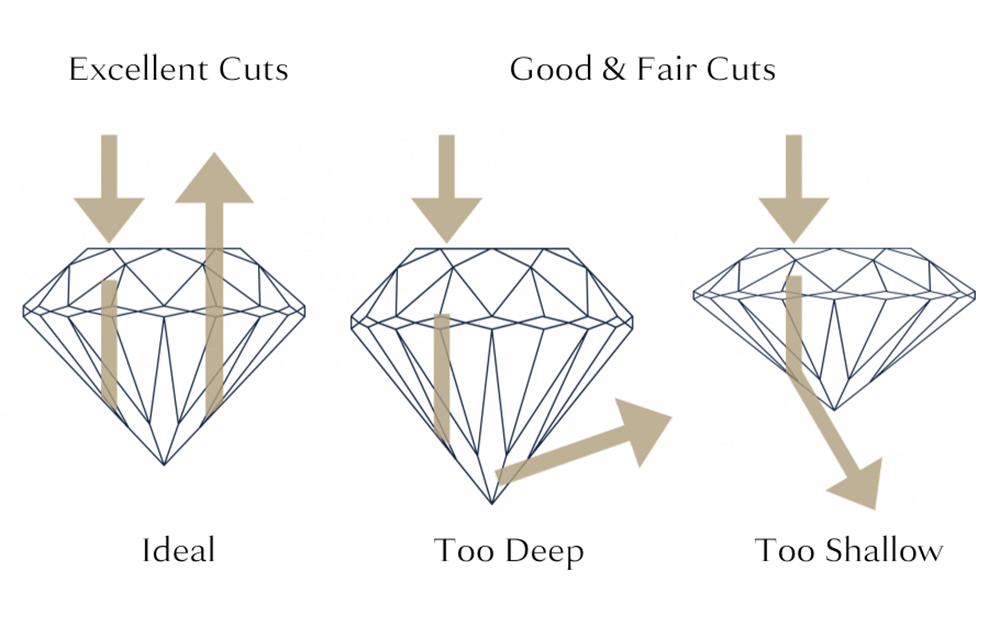
COLOR
Diamond color is all about what you can’t see. Diamonds are valued by how closely they approach colorlessness – the less color, the higher their value. Many of these color distinctions are so subtle that they are invisible to the untrained eye; however, these distinctions make a big difference in diamond quality and price.

CLARITY
Diamond clarity refers to the absence of inclusions and blemishes. Diamonds without these are rare, and rarity affects a diamond’s value. Many inclusions and blemishes are too tiny to be seen by anyone other than a trained diamond grader. Expert and accurate assessment of clarity is extremely important.
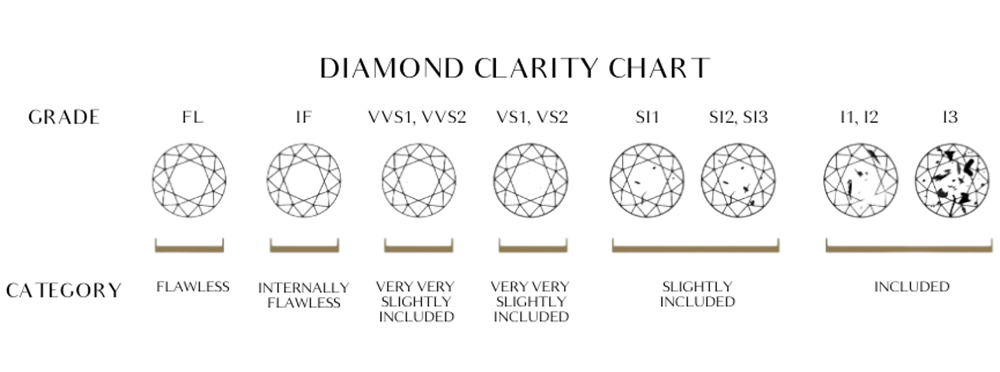
LAB-GROWN DIAMONDS
Lab-grown and natural diamonds are chemically and optically identical. They are the exact same material which means they offer the same durability & longevity. Lab Diamonds also have the same fire and brilliance as natural diamonds. When it comes to choosing a Lab-Grown Diamond, the four C’s, carat, cut, color and clarity, still apply.
What’s the difference between a Mother Earth Diamond and a Lab Grown Diamond?
CONFLICT FREE
Lab diamonds are grown in a controlled environment that removes them from being involved with any social conflict surrounding mining diamonds and precious stones.
BUDGET FRIENDLY
On average lab grown diamonds are between 40-50% less expensive than traditionally mined diamonds, for the same quality and size of a natural diamond.
MOISSANITE
Moissanite has its own chemical composition and is its own gemstone. It’s known for looking very similar to a diamond, some of the most experienced jewelers can’t tell the difference with the naked eye. It’s also known for durability - a diamond is the hardest gemstone, scoring at a 10 on Mohs scale, and moissanite scores at 9.25.
SIZING AND WEIGHT
Like diamonds, moissanite is not measured in carats. Carats are a measurement for weight, and moissanite weighs approximately 10% less than diamond. For example, a 6.5mm round diamond would weigh 1.0ct, while a 6.5mm round moissanite would weigh 0.88ct. The two stones would be the same size – 6.5mm in diameter.
